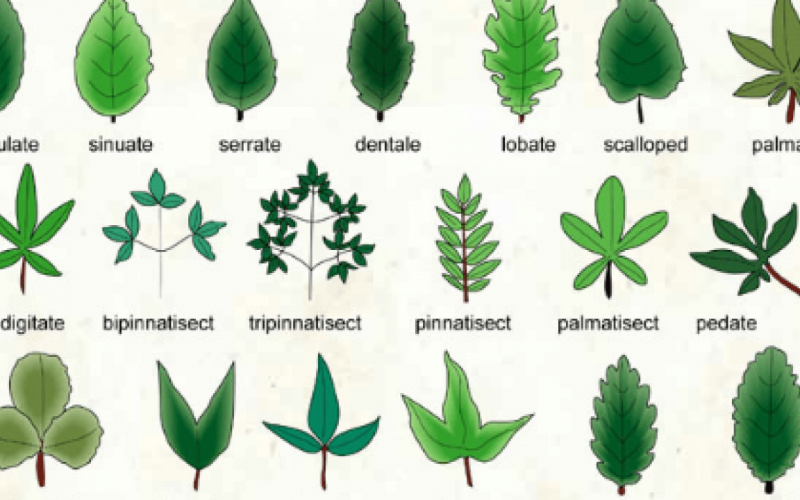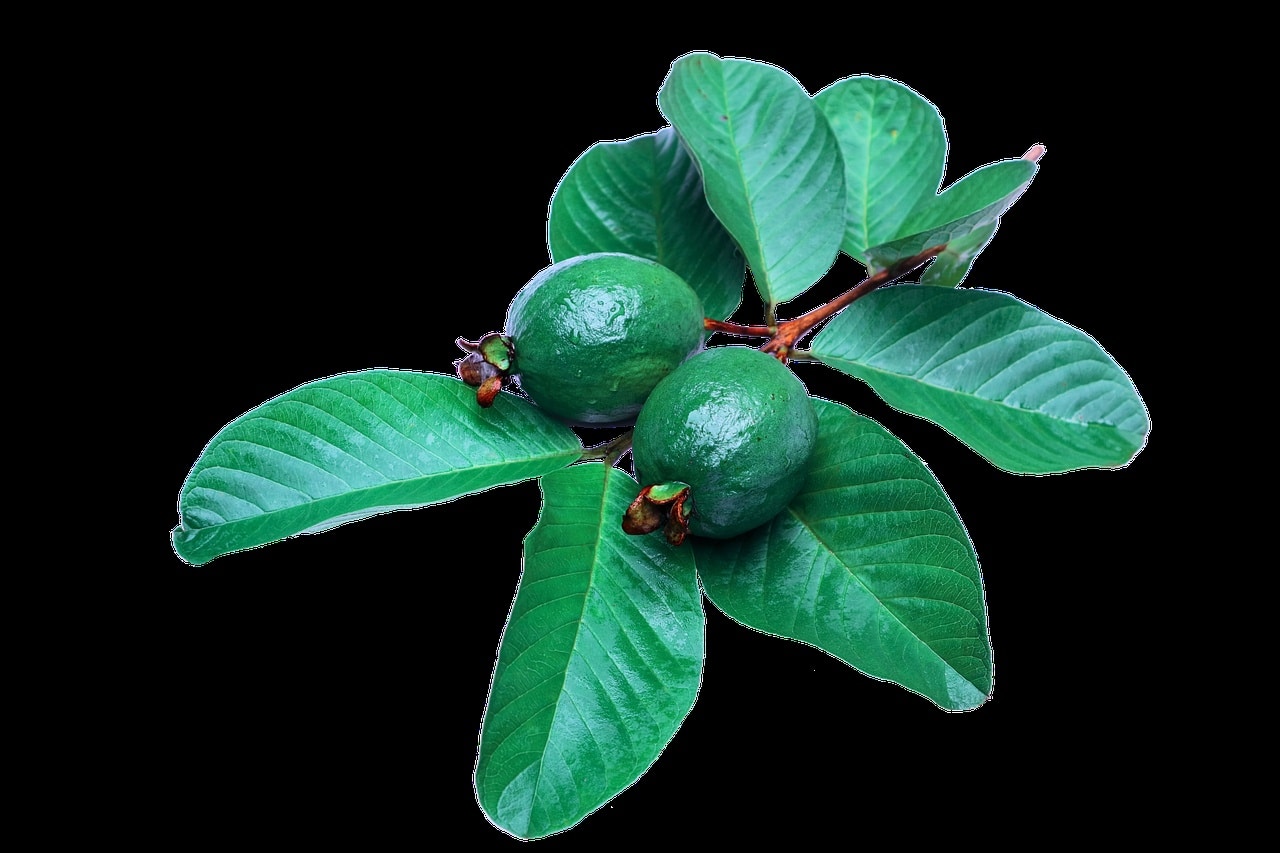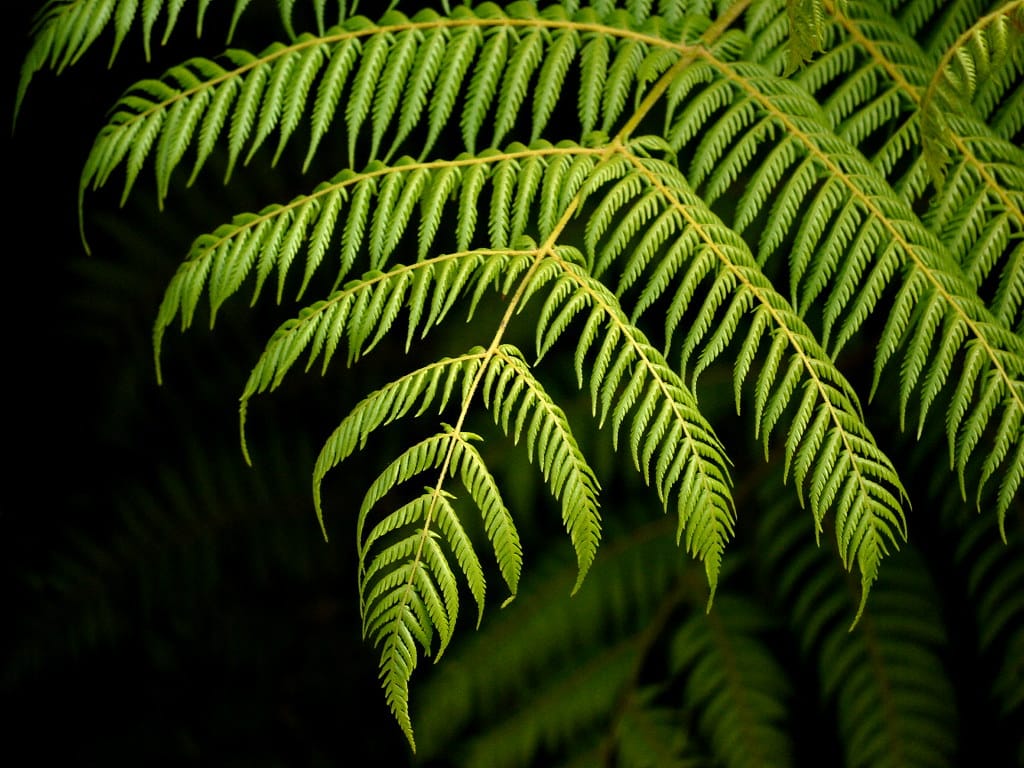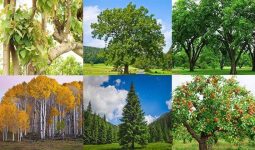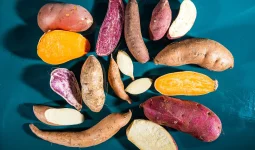Different types of leaves are available worldwide. Plant leaves are one of the most noticeable and well-known parts of the plant and one of the most important.
They capture sunlight and perform photosynthesis, giving the plant energy and respiration.
A leaf is an appendage that serves as a structural component of a plant. For a plant’s growth and maintenance, leaves provide a variety of purposes.
The most important is photosynthesis, which is a process that converts solar energy, water, and carbon dioxide into food for plants.
Also, leaf activities include transpiration (water release), guttation (water release on the leaf margins), and water and nutrient storage.
Furthermore, Spines are found on the leaves of some plants as a defense or protection mechanism. The prickly pear cactus has an example of leaf spines.
Furthermore, the leaf’s Morphological characteristics suggest that the leaf is a flat, thin, extended lateral appendage of the stem that is green in color.
This portion has a bud in its axil and is borne at a node. It arises from the leaf primordium of the shoot apex and is exogenous.
The presence of the photosynthetic pigment chlorophyll gives the leaf its green color. This pigment aids the synthesis of organic food by many plants.
Because leaves are crucial to most plants, there is a wide range of leaf kinds and qualities. As a result, numerous classification schemes exist.
If you wish to understand more about the many varieties of leaves and how they are classified, read on as we discuss some of the different types of leaves.
Different Types of Leaves
Type of Leaves According to Their Shape
The most accurate statement is that we categorize them based on the morphology or shape of the blade rather than the leaf itself.
It is one of the most visually appealing and straightforward to recognize classifications.
The following are the different sorts of leaves based on the blade shape.
- Elliptical sheets are ones whose shape traces an ellipsis, an elongated or distorted circumference, as the name implies.
- The lanceolate leaf has a spearhead or basic arrowhead shape to its blade, with a more extensive base and a narrow and sharp point.
- Acicular Leaf: most conifers, such as pine, have characteristic needles that are simple to recognize as examples of this morphology.
- Oval Blades: These leaves are similar to elliptical blades but have a more extensive base and a sharper point.
- Heart-Shaped Blade: this is how we commonly portray hearts.
- Sagittate Blade: with a central point and two others open to the sides, this distinctive shape resembles the end of a halberd or a divided arrow.
- Linear Leaf: These leaves have straight, regular margins that extend like ribbons. They are usually slender and long.
Types of Leaves According to Their Base
- Sharp Leaves: Acutely angled leaves.
- Roped Leaves: refers to leaves that have a heart-shaped base
- Dimmed Leaves: They’re the leaves that start to narrow as they get closer to the base.
- Auricular Leaves: The leaves with auricles at the base, as the name implies.
- Truncated Leaves: This is one of the different types of leaves with a transverse border at the base.
- Cuneate: These are fashioned like a wedge at the bottom, with converging and straight edges.
- Rounded: Its base is semicircular.
- Oblique: Their margins do not keep the same point on the petiole, which distinguishes them.
Types of Leaves According to Their Edge
Aside from the previous classification, the shape that the leaf blade’s edge takes can also be distinguished.
As a result, the following are the different types of leaves based on their edge:
- The whole leaf, also known as smooth leaves, has a blade that extends in a continuous line in a straight or constant curve.
- Toothed Blade: the blade in these leaves takes the shape of saw teeth, which can vary depending on the species.
- Lobed Leaf: these leaves have distinct contour abnormalities, with noticeable curving projections and recesses.
- Wavy Leaves: This is one of the different types of leaves with curvatures in their contours. Although they are smoother and less apparent than lobed leaves
Types of Leaves According to the Shape of the Margin
- Serrated Blades: The leaves have a sharp border resembling fangs.
- Lobed edges leave: Leaves with wavy recesses and projections are referred to as wavy recesses and protrusions.
- Whole Leaves: These are leaves with a smoothed margin.
- Wavy Leaves: Sheets with not-so-distinct recesses in the margins.
- Sawn Sheets: The margins of these leaves have a pointed, sloping, and tiny form.
Types of Leaves According to Their Veins
It is the vein arrangement as well as the veinlets in the leaves. Plants have a variety of venation patterns.
There are usually two types of venation.
- Reticulate Venation: The veinlets in a reticulate venation are randomly placed to form a complicated network of veinlets. Dicotyledonous plants, such as roses
- Parallel Venation: veinlets are positioned parallel to each other in this kind of venation—monocotyledons, such as paddy.
Simple Leaves
A single lamina is linked to a stem by one petiole in a primary leaf. Furthermore, the lamina and leaf blades do not have any divisions.
In addition, Pear, oak, guava, and oregano are examples of simple leaves.
Compound Leaves
A compound leaf is a leaf blade with many divisions known as leaflets. The midrib or main vein, linked to the petiole, has two or more leaflets attached.
Furthermore, Compound leaves come in various shapes and sizes, depending on how the leaves are stacked and divided.
The leaflets of pinnately complex leaves are connected to the midrib. Mimosa, acacia, and pea are examples of pinnately complex leaves.
In addition, the number of leaflet branches off the midrib and the existence of a terminal leaflet are also used to classify pinnately complex leaves.
Conifer Leaf

Coniferous trees have needle-like and scorpion-like leaves. Their leaves are intended to scatter snow and resist low temperatures, and they grow well and adapt well to colder climes. Douglas fir and spruce trees are examples.
Sheath Leaf
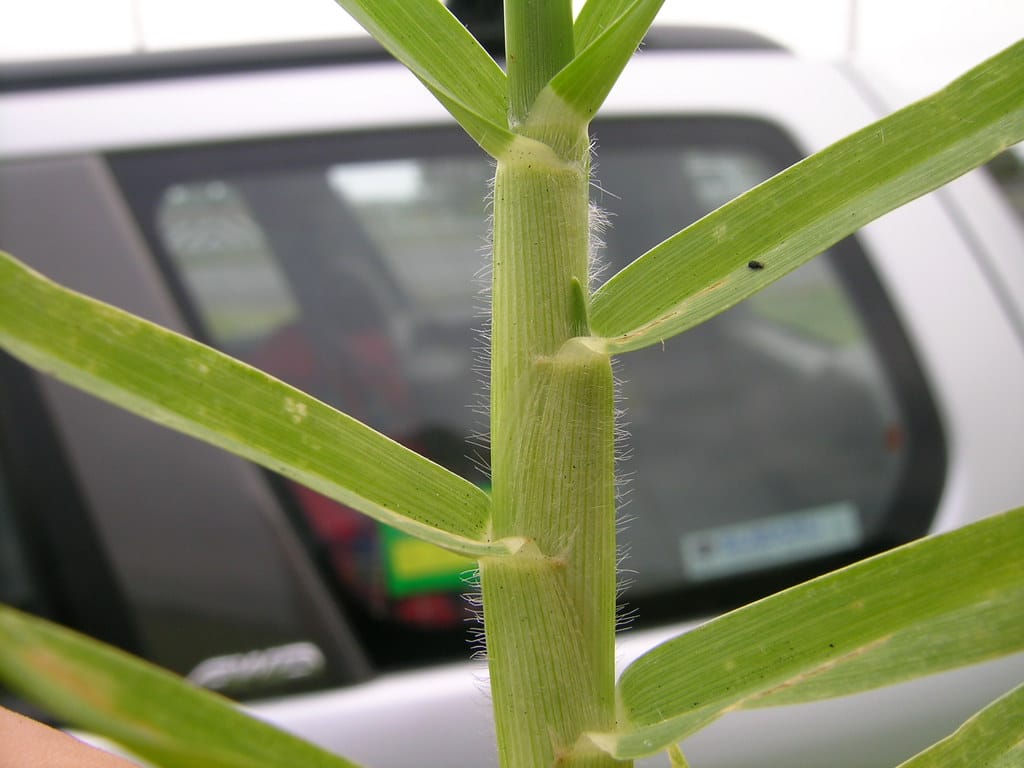
Vaginal leaves are seen on grasses and moths alike. The leaves are long and slender, wrapping around the roots at the roots, as you can see.
In addition, the vein structure is limited, and each sheet only comprises one sheet.
Microphyll Leaf
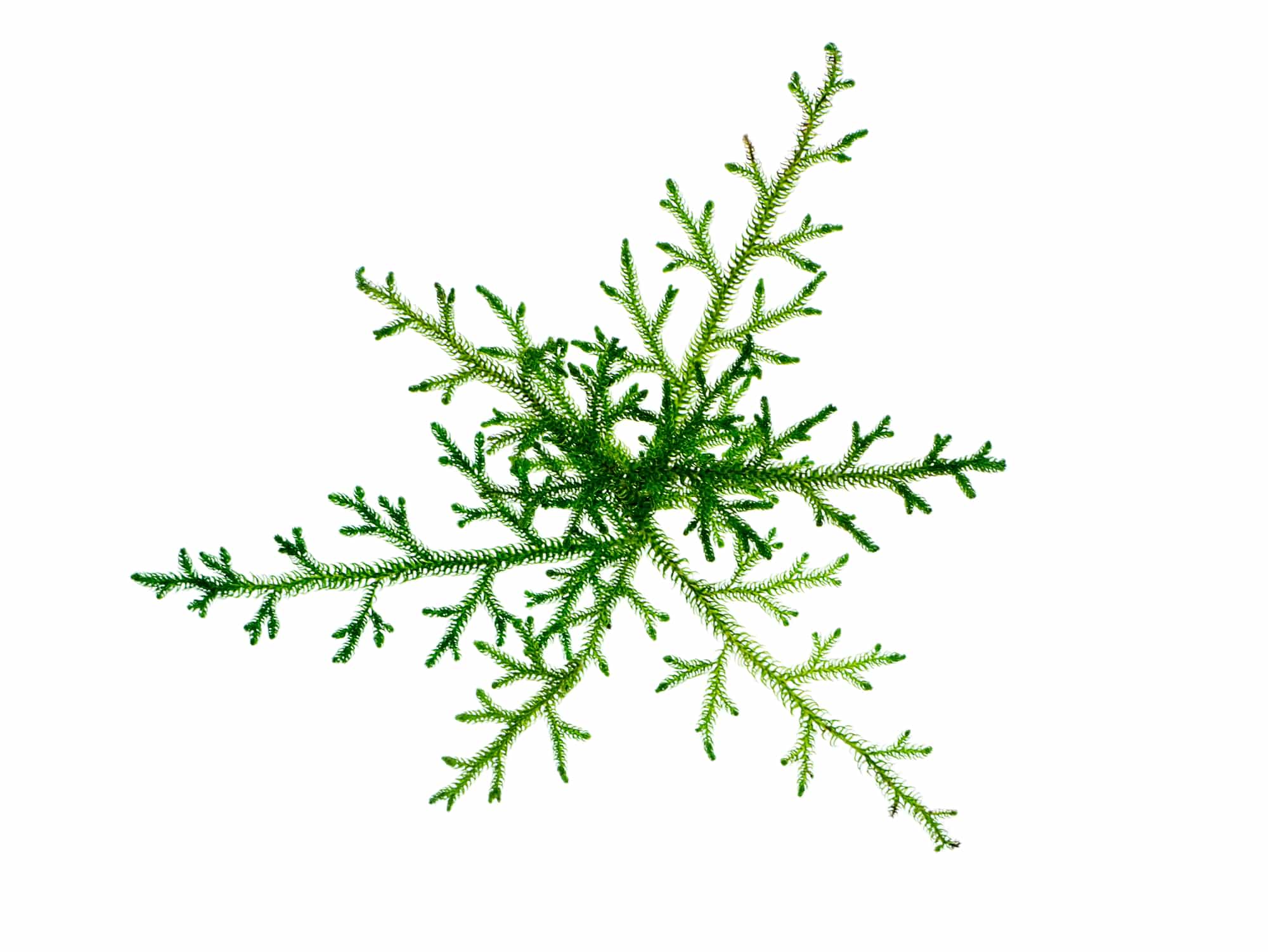
Microphyll leaves are distinguished by an unbroken channel. Although this leaf style is typical in fossil records, it is only found in a few plants. Horses and foot horses are two examples.
Frond Leaf
The leaves of the Fronds are broad and thin, and they are usually palm and palm. Blades can be split or separated from branches.




